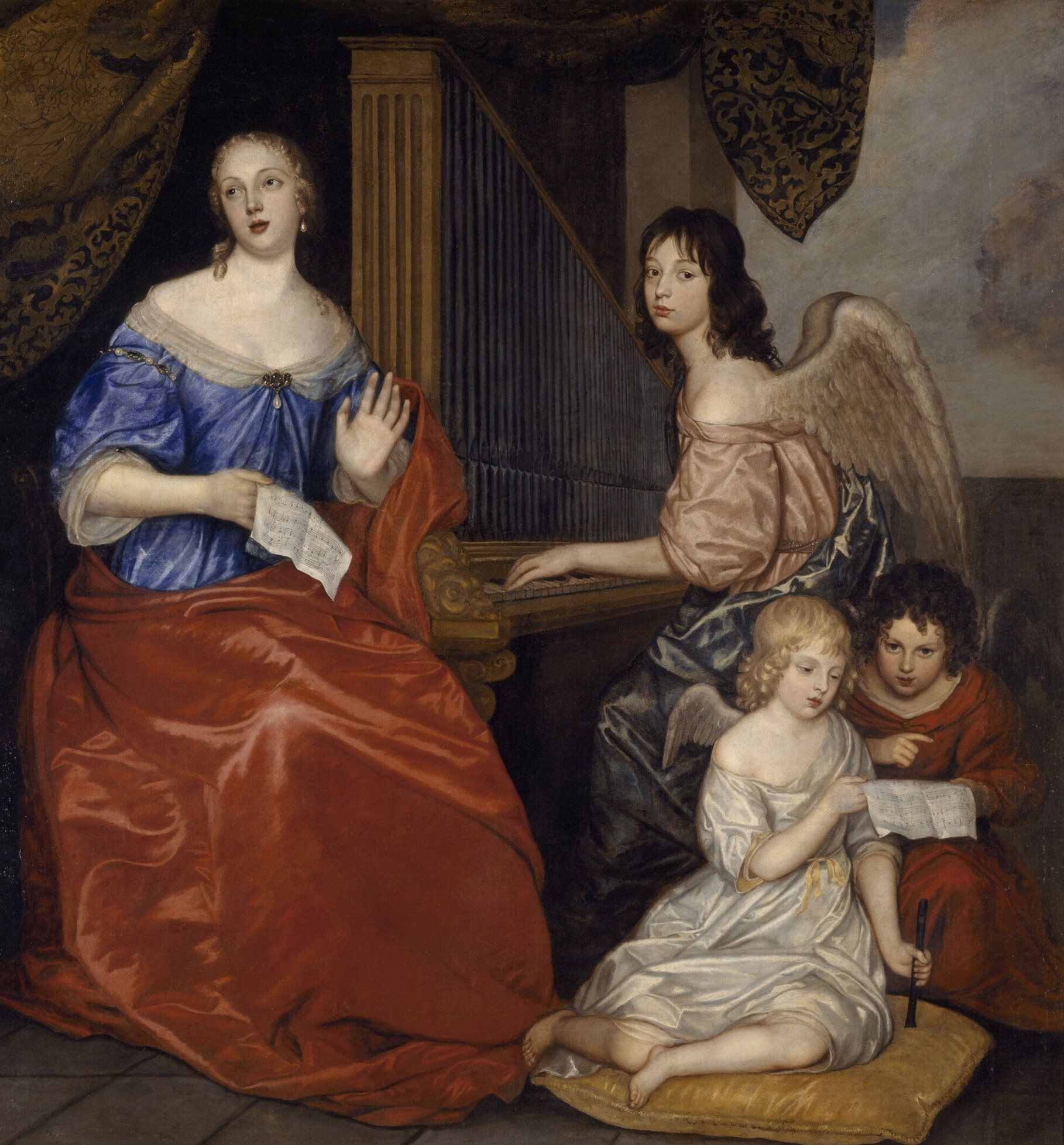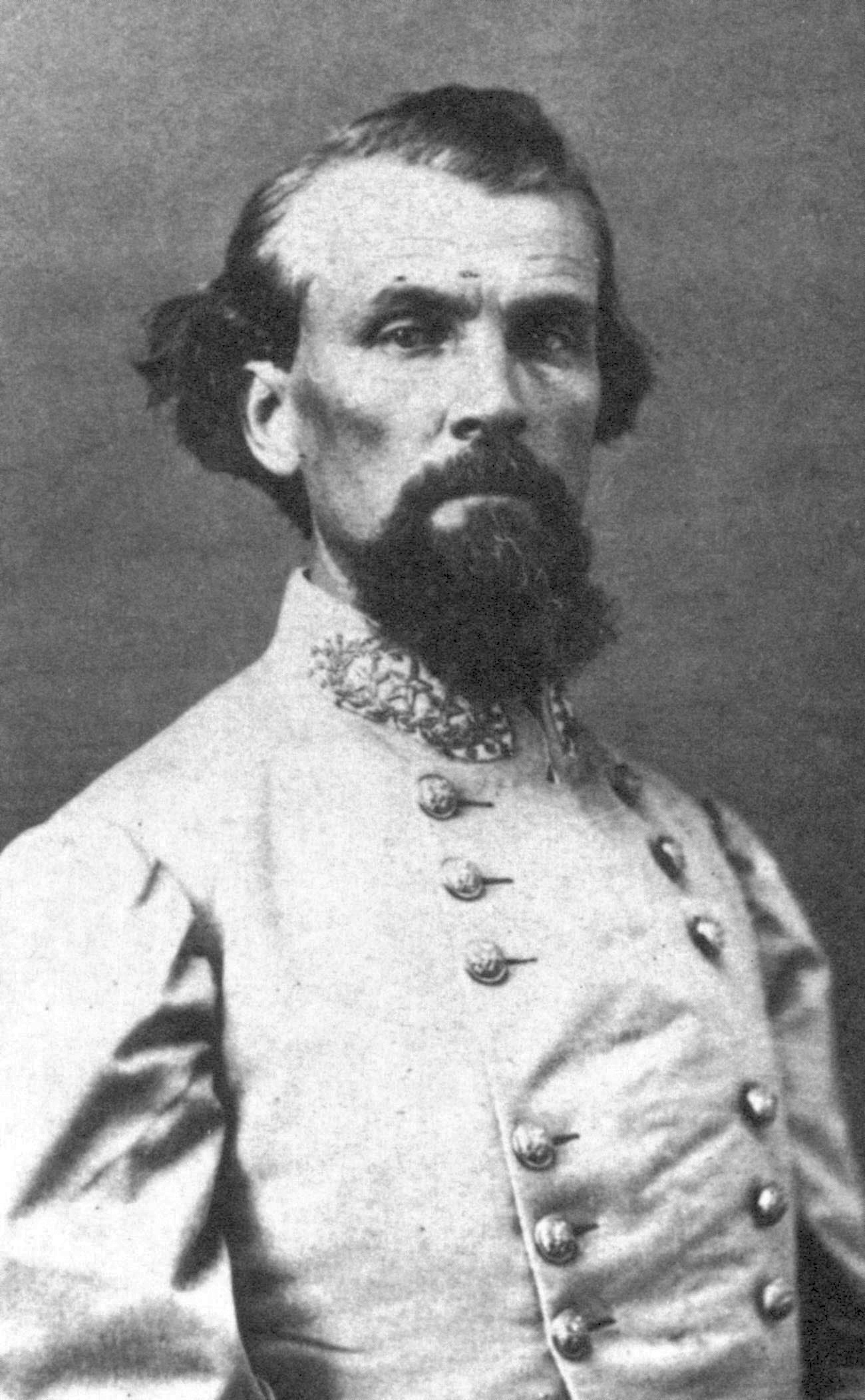Brian Thornton blogged a couple of weeks ago about the importance of both a strong plot and well-written
characters. Now I like certain characters straight up and traditional - Sherlock
Holmes, Miss Marple, Nero Wolfe, etc. You learn more about them -
Holmes' brother, Nero's daughter, Miss Marple's flirtation so deftly
nipped in the bud by her mother - but the characters are there, fixed,
sure and solid. The down side is that they are done growing. Luckily, I
never tire of them as they are.
But I also honor the
authors who manage to transform their characters over time - who
change and grow into something different than the person we first met. They
mature. Peter Wimsey and Harriet Vane both changed over the course of
the 8 novels and 2 short stories Miss Sayers wrote. The posh, flighty
eccentric with a taste for flagrantly expensive, professionally beautiful women and old books became a man
who wrestled - through his avocation - with his own PTSD and fell
passionately in love with an intelligent woman whose main beauty was her
voice. And Harriet discovered self-esteem and freedom from her fear of
a cage - both in marriage and in prison.
And then there are those who pull a 180, changing to their exact opposite to the point that it's unbelievable. Except in real life, it happens all the time.
There are the obvious religious transformations, i.e., the roads to Damascus - Paul, Buddha, St. Francis of Assisi, St. Ignatius of Loyola, Abba Moses (old black guy, used to be a professional thief/murderer, became a hermit monk in the Wadi Natrun back 150 CE), etc.
There are those who were knocked sideways by sorrow:
 |
| Young Liszt, Brooding and Burning |
 |
| Liszt, Older and Mourning |
Franz Liszt (1811-1886), the famous composer and pianist, and a formidable womanizer, lost his son and one of his daughters (by the Countess d'Agoult) in 1859 and 1862, respectively. (NOTE: His surviving daughter, Cosima, a musician in her own right, would marry
first Hans von Bulow- does anyone know if he's an ancestor of Claus? -
and then Richard Wagner.) He became a Franciscan, received the tonsure, took the four minor orders porter, lector, exorcist, acolyte, and from then on was known as Abbe Liszt. His whole life style calmed down considerably, and he spent much of his time, outside of playing, in solitude and prayer.

Liane de Pougy (1869-1950) - infamous courtesan of La Belle Epoque, she ran through men at a merry clip, accumulating massive wealth and dominating the gossip columns along with her co-courtesans, La Belle Otero, et al. She married the Romanian Prince Georges Ghika in 1910 and settled down. But her son by a much earlier marriage(?) was killed in WWI, and she became a Dominican tertiary, devoting herself to the Asylum of Saint Agnes, which took care of children with birth defects. A recent French biography of her has the subtitle "Courtesan, princess, saint..." The last might be extravagant - I haven't read the biography - but her life definitely took a different turn.
Speaking of courtesans and such, there are many throughout history who decided that repentance became them. Among my favorites are the rivals Louise de La Valliere and Francoise-Athenais, Marquise de Montespan:
  |
| Louise de la Valliere and children on left; Athenais de Montespan on right |
Louise was the first "maitresse en titre" of Louis XIV,
bearing him four children, which was part of the problem. Childbirth
changed her fragile beauty and she was succeeded by her supposed best
friend, Athenais, who held on to Louis' attention through seven pregnancies
and innumerable side affairs (Louis never met a woman he didn't want to have, and, as king, he had most of them). She was finally ousted from the royal bed
by the combination of a huge scandal involving multiple poisonings - next time's blog alert! - and her own governess for HER royal bastards, Madame de Maintenon, who was trying to use God to
embarrass the king into morality. Louise retired to a strict Caremlite convent early in the game. (My favorite part is that the abbess of this extremely strict convent agreed that Louise had already done much of her penance in court). Interestingly, and entirely out of character, in old age, the almost
heathen Athenais also turned to strict penance. Louis and Maintenon were
morganatically married, and Louis remained reasonably faithful (by now he was forty-five which, at the time, was definitely middle-aged) and, as always, convinced that he was God's favorite son. (Louis would NOT be on the list of people who change over time.)
There are also those who, apparently, get a burr in their butt, such as the Wanli Emperor (1563-1620).

The Wanli Emperor came to the Dragon throne
near the end of the Ming Dynasty (1368-1644). He was 9 years old, but
had an excellent chief minister who trained him well before dying when
Wanli was 19. The next 20 years were a golden age for China - Wanli was a vigorous, active, hands-on emperor who
stopped attempted invasions by the Mongols, an attempt by Japan (under
Hideyoshi) to take Korea, and a major internal rebellion. China
prospered. And then - one day he stopped doing anything. No meetings, no
memorials, no signing things, nothing. Government came to an absolute
standstill until the day he died. Why? We don't know. There are two
possibilities given by most historians:
(1) he decided to spend the rest of his reign building up his wealth and his tomb, thus he had no time for work.
(2)
he was angry because he wanted one of his sons by his concubine, Lady
Zheng, to be the next crown prince, and strict court etiquette demanded
that the office be passed to his son by his Empress (the future Taiching
Emperor), thus bringing government to a halt was his revenge.
Personally,
I don't know that either of these pass muster. I mean, for a while, but for 20 years? What would explain
something like that? Depression? Addiction? A combination of both? In any case, with government at a standstill, China floundered,
and the last few emperors couldn't get it back. The Wanli Emperor's
dereliction of duty was one of the major reasons why the Ming Dynasty
fell 24 years later to the Manchus.
And there are those who appear to really grow and CHANGE:

Nathan
Bedford Forrest (1821-1877) enlisted in the Civil War as a private
and rose through the ranks to become a field commander. And he was
brilliant. My favorite story is from the Battle of Parker's Cross
Roads, 12/31/1862, when he was surprised by a Union brigade attacking
his rear. Trapped between two Union forces, he told his troops "Charge 'em both
ways!" - and they did, and he won. It seems like every Civil War historian is fascinated by this military genius who never attended West Point or took any military
classes. But what makes Forrest fascinating to me is that he was an
antebellum slave trader and millionaire, who in the 1860's was one of the
founders (perhaps the first Grand Wizard) of the KKK. But barely ten years later he repudiated the Klan, and went around giving speeches advocating reconciliation between the
races to both white and black organizations. In one of them, before a black organization, he said, "Go to
work, be industrious, live honestly and act truly, and when you
are oppressed I'll come to your relief. I thank you, ladies and
gentlemen, for this opportunity you have afforded me to be with you, and
to assure you that I am with you in heart and in hand." Yes, it sounds a little condescending to modern ears - but this is the sound of a man
who had changed profoundly...



































